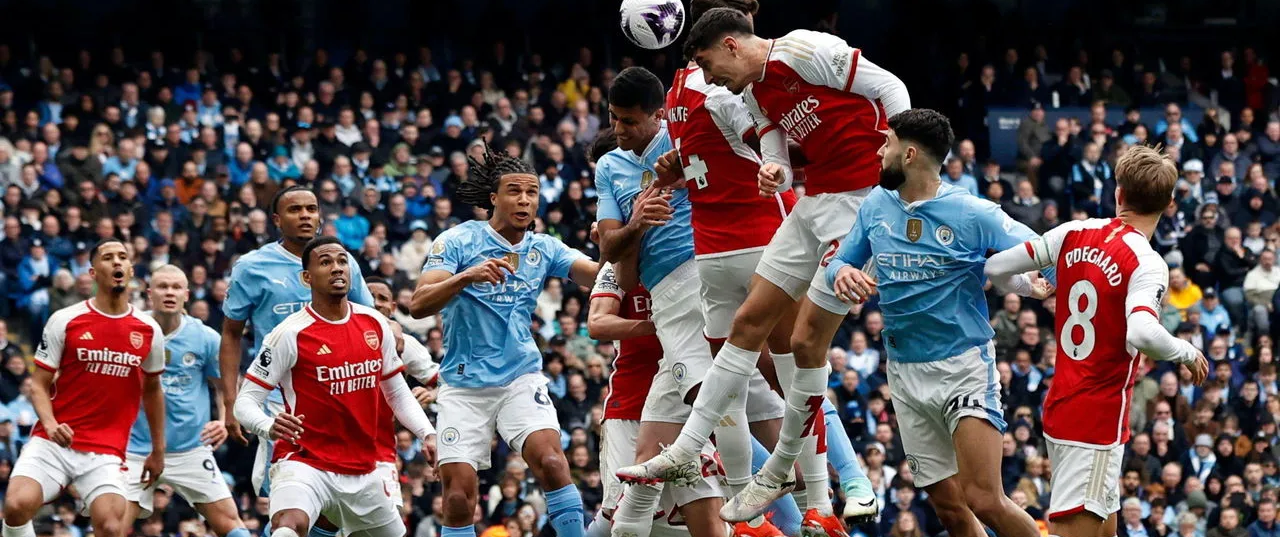
salaries & matches TREND
A comprehensive analysis revealing the relationship between the players’ salaries and the seasonal clubs’ matches in the last 20 years.

The study and its main outcomes
Standard Football has conducted two comprehensive analyses, focusing on trends in player salaries and the number of official games played by clubs.
First Section: Club Analysis (2003/04 – 2023/24)
This section examines gross salaries and matches played by clubs over a 20-season span, from 2003/04 (starting July 1) to 2023/24 (ending June 30). The analysis covers the top 11 European clubs (UEFA) and 2 South American clubs (CONMEBOL) that have generated the highest operating revenues over the past two decades.
The findings reveal a significant disparity between the exponential rise in player wages and the relatively stable number of seasonal matches. Despite a consistent match schedule, the rapid increase in salary expenses, fueled by intense competition for talent and rising industry revenues, far exceeds any actual increase in match participation.
Additionally, South American clubs were found to play significantly more matches on average than their European counterparts, despite having much lower wage expenses.
Second Section: Player Perspective (2013/14 & 2023/24)
The second section shifts the focus to individual players, comparing gross salaries and seasonal minutes played in two distinct seasons: 2013/14 (starting July 1) and 2023/24 (ending June 30).
The analysis highlights a dramatic rise in average salaries, particularly among mid-tier players, not just the star athletes. This surge in pay reflects a broader market trend, where clubs are investing more heavily in player wages across all levels of talent.
While strong performances and on-field success are often associated with higher wages, the analysis points to a growing disconnect between salary increases and actual match contribution. This trend raises concerns about the competitive balance in global football, especially for clubs in regions with fewer revenue-generating opportunities.
In conclusion, the study underscores how escalating player wages, combined with a stable match schedule, has created financial pressures that may impact the competitive dynamics of the sport.
